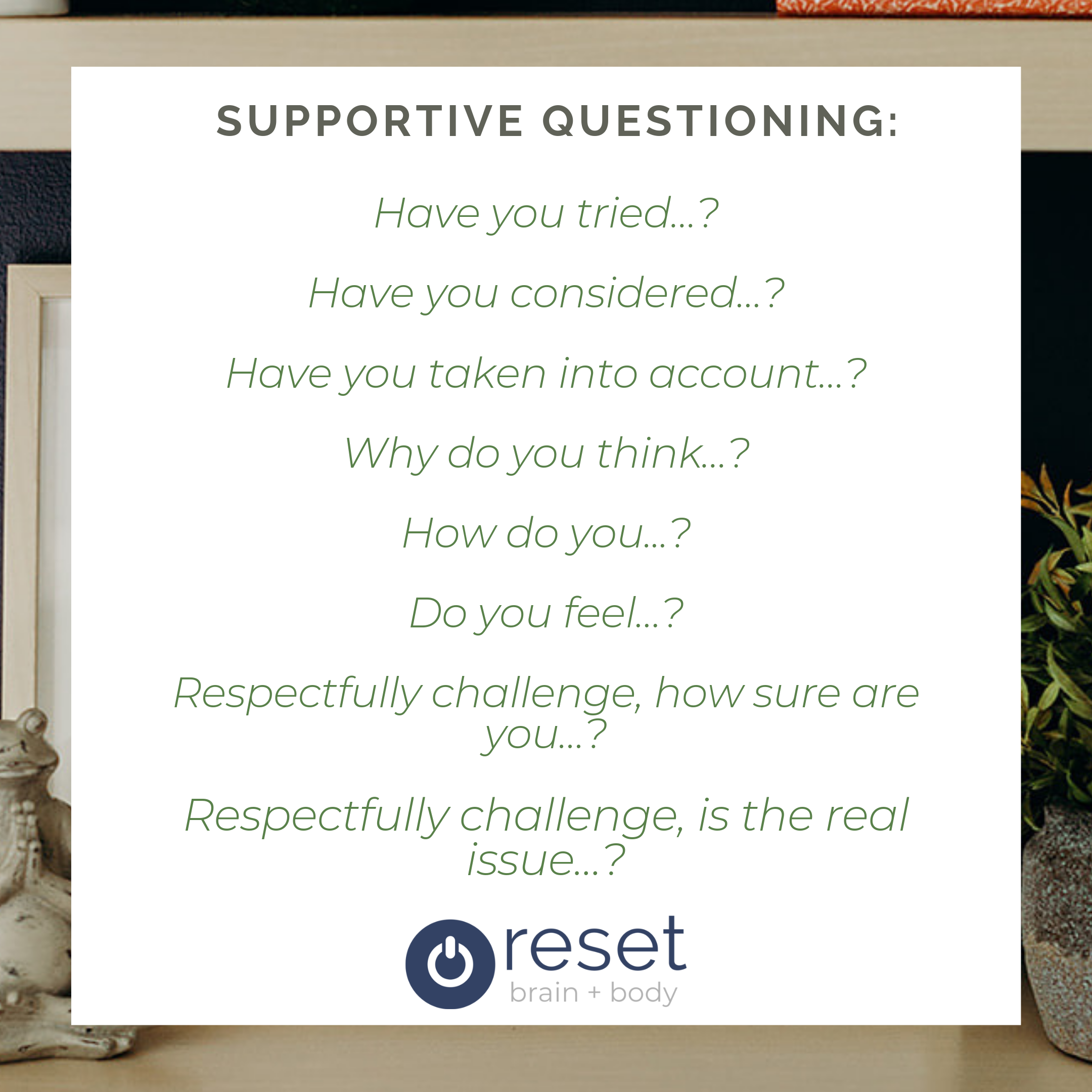How to Build Your Community
Tips for Creating a Supportive Community of Peers
In the age of social media, it can be easy to forget how restorative, inspiring, and encouraging it can be to meet with people face to face. I, myself, was reminded of this again this week when I met with a classmate from my graduate school. As you know, I’ve been making a career change and I have to say, I was a little nervous about sharing this with my peers. Would they understand? Luckily for me, not only did they understand but they had strong words of encouragement and excellent advice. We were able to talk deeply about the subject and then discussed starting a community that meets every couple of months to discuss ideas, get feedback from our peers, and provide a space for support in our endeavors.
Once we parted, I started thinking about how such a community can be structured. While getting together to simply talk is great, there are also tools to help communities get the most out of their meetings. This is when I remembered something I learned in a professional course while working for the San Francisco VA Mental Health Service - Peer Coaching.
What is Peer Coaching?
Peer Coaching is a method of expanding your mind so that you can problem solve better and see a situation with greater/new perspectives with the help from your peers. If you’re stuck, overwhelmed, or feeling hopeless in a personal or professional matter, peer coaching is something to try. It’s a great method for when what has worked in the past is no longer getting you the results needed. This approach is unique in that there is no conversation, and there are simple, but specific, steps in the process. One that fosters the creation of space for yourself and your mind.
Instructions for Effective Community Discussions:
Pre-set up:
This exercise works if you have two or more people participating.
Get together a community of people you like, trust, respect, and those who want to be coached/want to coach.
Have a person who will be the note taker.
Have a person who will keep time.
Have a person who describes the process.
Everyone in the community must agree to maintain confidentiality.
Step 1: To kickstart a coaching session, the person who is getting coached should state the challenge.
Be brief
Include what you’ve done to date
Limit to 5 minutes max (set a timer)
Those who are coaching, remember: Listen to the challenge without interruptions. You’ll get a chance for clarifications in the next step.
Step 2: Those who are coaching then ask clarification questions (3 questions per person max) and the person being coached responds.
Limit to 5 minutes max (set a timer)
Only ask clarifying questions if coaching focus is unclear.
Step 3: Let the bonding and building begin! The person who is being coached simply listens (no responding!). The peers who are coaching ask questions related to the challenge.
Strive for 10 minutes of questions
End each round after total time (from step 1 to 3) is 20 minutes OR you can end early if there was 1 minute of silence.
Here are some question prompts:
Have you tried…?
Have you considered…?
Have you taken into account…?
Why do you think…?
How do you...?
Do you feel…?
Respectfully challenge, how sure are you…?
Respectfully challenge, is the real issue…?
If you are a peer coach, remember:
Your coaching questions must end on a question mark “?”
Focus on the quantity of questions rather than the quality (you never know what question will help make the breakthrough for the coachee)
Agree with the story or say “respectfully challenge”
If you are being coached, remember:
Your job is to listen to the questions, not formulate answers to them in your head.
The only time you can ask to pause the session and respond is if the coaches seem to have completely misunderstood the coaching focus you were seeking or there was a very clear misunderstanding of the challenge that you are facing.
Again, allow yourself to just listen without answering them in your head - so important, I’m repeating it twice ;)
If you are the note taker, remember to take notes of the questions.
Step 4: At the end, time keeper says “DONE” and the note taker gives the notes to the “coachee”, who gets 30 seconds to review questions in silence.
Step 5: Move to next person without discussing the last round.
***WAIT RULE***
No discussion of challenge or questions for one hour after all the sessions end (i.e. after all the people have gotten coached).
You’ll undo the process!
The non-dialogue approach and the wait rule are essential for this coaching session to work. When we have a conversation, we are already set in our viewpoint, we respond from the same place. By putting ourselves in a situation where no response is needed from us, we become relaxed, able to make mental space for new ideas, resulting in the ability to move forward, get unstuck, see new/better options.
This method is simple and effective, all you need is at least one other person to do it with you. I hope you find it as valuable as I did! Who knows, maybe the community you get together will be interested in continuing meeting and supporting each other on a more regular basis ;)
Click here to learn more about therapy for foundational wellness.




